The Secret Charms of the Bulgarian Black Sea Coast
There's much more to the Bulgarian Riviera than jam-packed resorts. Nomad Valeriya seeks out the pristine Bulgarian beaches, dramatic landscapes, and peaceful villages she remembers from childhood.
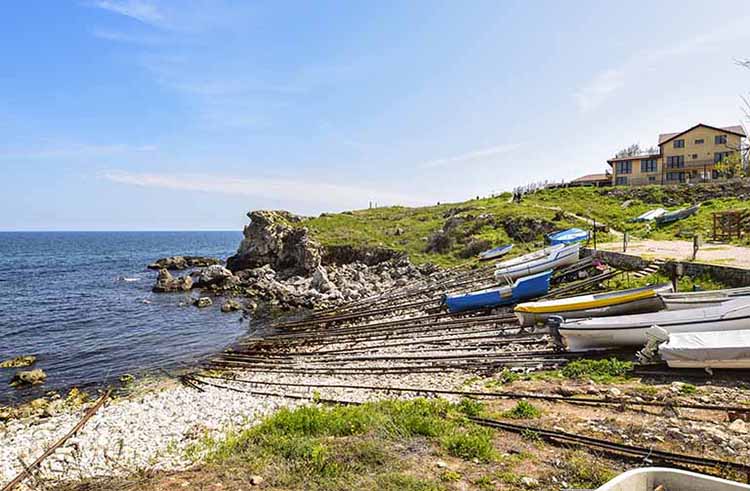 Photo © Getty Images / PAndreev Design
Photo © Getty Images / PAndreev Design
Historically, the Bulgarian Riviera, along central Europe’s Black Sea, was known for its long, sandy dunes, high summer temperatures, and a hippie vibe.
Starting around 2009, however, both locals and visitors have been put off of visiting the Bulgarian coastline – drastic overcrowding, new, mammoth-sized hotels in complete dissonance with the landscape, and a newly acquired reputation for visitors lured by offers of cheap deals and non-stop parties are to blame.
As someone who spent all my childhood summers on the Bulgarian coast, I knew there must be more to it than the parties, concrete beaches, and jam-packed resorts. Determined to seek out the pristine beaches I remembered, my friend Nevena and I set out on a 10-day adventure along the 235mi (378km) coastline, from Durankulak, the northernmost point of Bulgaria’s Black Sea coast, to Rezovo in the south.
The mystical north – Durankulak to Irakli
After a five-hour drive from the nation’s capital, Sofia, we meet the coast at Varna, the Sea Capital of Bulgaria. Continuing north, past the crowded resort towns of Golden Sands, Albena, and Kranevo, the scenery transforms. Hotels and lavish villas become one-story houses, parking lots turn into wheat and sunflower fields, vendors selling beach toys, seashells, and naughty postcards give way to elderly women offering local produce along the roadside. Despite the recent development of world-class golf courses, mass tourism has been slow to discover the rough charm of the north.
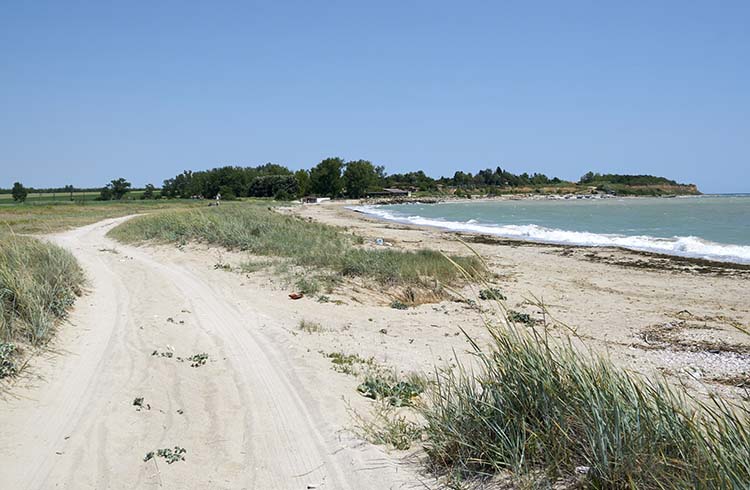
We arrive in Durankulak, a small village 3.5mi (6km) away from the Bulgarian-Romanian border crossing of the same name. Interspaced with low cliffs, the long, wide beaches of Durankulak used to be a popular holiday destination among Czechoslovakians before the fall of Communism. Today, the beach is ours alone.
After a splash in the water, we continue south to the beaches of Krapets and Shabla. In a world that's constantly changing, almost nothing changes here. Apart from a couple of hipsterish bars, and campsites that appeared a few years ago next to communist-style restaurants and dilapidated bungalows from the ‘70s, the extensive, white sand beaches remain nearly untouched. There’s no party, no loud music – just the oddly soothing rotten-egg smell coming from the seaweed washed on the shore. It reassures me that nature still prevails over concrete.
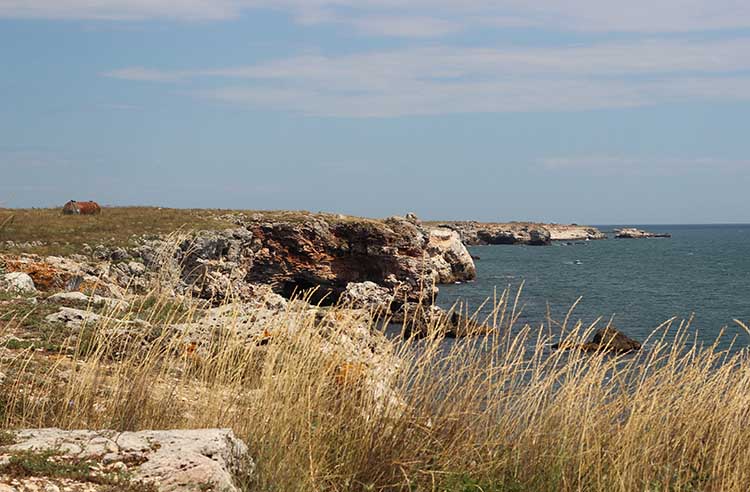
Continuing south, after pausing at Cape Shabla to take a few pictures of Bulgaria’s oldest lighthouse, we reach a string of villages huddled along a rural road off the highway to Romania. One of them is the little fishing port of Tyulenovo. We pull off onto a dirt road, and walk along the rugged red cliffs falling down into the Black Sea. The sound of the wind and the waves dashing onto Tyulenovo’s oddly shaped rocks gives me chills. We look at the vastness of the sea and feel comforted, rather than belittled, by our insignificance in its context.
Roughly halfway between Varna and Burgas, Irakli is a wild, protected beach with sand so soft it feels almost sacrilegious to walk on it. We arrive just before sunset, when it’s nearly deserted, and sit by the water, silently taking in the intense blue of the sea.
The romantic south – Sinemorets to Rezovo
Once we cross the Stara Planina (Balkan Mountains), the skyline changes again into tacky hotels and condos the color of washed-out khakis. We couldn’t help but comment on the obvious irony – all those architectural monstrosities were built with the intent to attract tourists, only to become the very thing that discourages visitors today.
Continuing further south, we head somewhere very different – the village of Sinemorets, home to the best beaches on Bulgaria's south coast. Following the scenic road, we stop by the fjord-like inlets at Cape Angalina, the inviting waters of Chauffeurs’ Beach, and the picturesque rocks around Varvara.
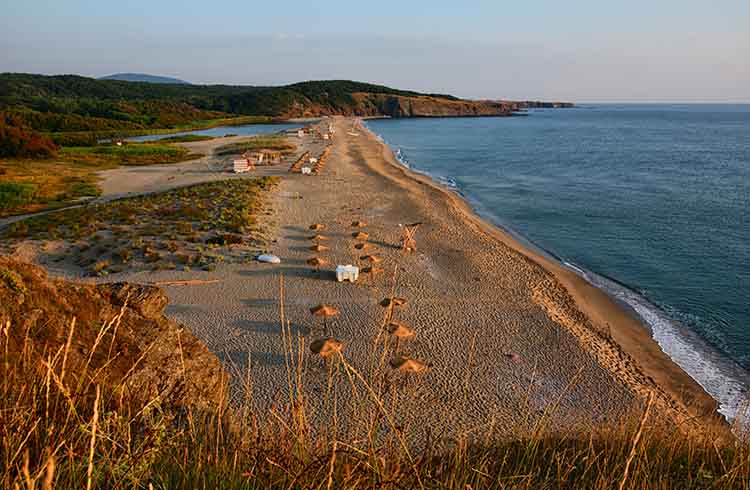
We reach Sinemorets in the late afternoon and head straight to Koraba (The Ship), an iconic bar atop grass-covered cliffs overlooking the Veleka Beach. We sit watching the orange horizon, below – a narrow strip of sand between the Veleka River and the Black Sea, forming the only freshwater-protected bay in Bulgaria. It’s the surroundings that make the beach unique; the forested slopes of Strandzha National Park, the flocks of sheep and cows grazing on the nearby hills, and the strangely shaped rocks, in which many see human faces, wild animals, and even gods.
At dinner, locals tell us about Lipite, the last undeveloped beach on the south Black Sea Coast that can be reached only on foot. The next morning, equipped with water, food, sunscreen, and a huge beach umbrella, we follow the Sinemorets-Rezovo eco-path that starts from crowded Butamyata Beach and climbs to the cliffs above it. Enjoying the 20-minute hike along the wave-sculpted shore, we finally reach Lipite Beach, a long, pristine stretch of sand with crystal-clear waters protected by the Strandzha Nature Park. But we are not the only ones. Lipite’s wilderness attracts many lovers of peace and quiet, yet it’s far from crowded.
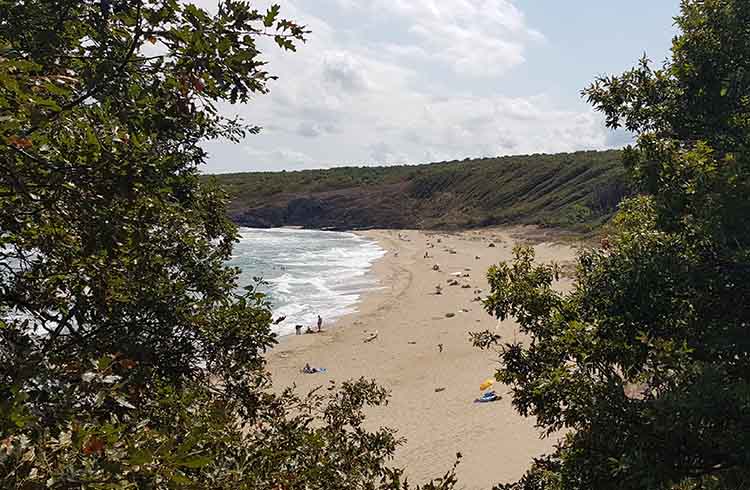
Back in the car, a lush canopy of trees forms a tunnel that leads us to our last stop, Rezovo, the southeastern-most inhabited place in Bulgaria and the European Union mainland. Like in Durankulak, nothing much happens in Rezovo, and that’s the beauty of it. We enter the only open restaurant we can find at lunchtime. While munching on trahuli, a traditional regional dish made of fried fish, black beans, and pickles, our waiter shares that he rarely encounters Bulgarian tourists these days. “This year, a few Italians and Frenchies stopped by,'' he says. He gives us the check and we see that even the prices are frozen in time.
We walk to the village square above the tiny, peaceful strip of sand overlooking the Turkish border. In front of us, the Bulgarian Tricolor flies high, marking the end and the beginning of our country. “Bulgaria is beautiful,” someone nearby says in broken English. “The most beautiful,'' I correct him, realizing I sound like a mother praising her child.
Trip Notes
Hiring a car
Pre-book a car through one of the many local and international rental companies, and collect it either in Sofia, Varna, or Burgas.
Where to stay
There are plenty of accommodation options on the Black Sea coast, ranging from campsites and budget homestays to small villas. In the north, you can camp around Krapets and Irakli, or book accommodation around Shabla and Byala. In the south, consider staying around Chernomorets and Sinemorets.
Related articles
Simple and flexible travel insurance
You can buy at home or while traveling, and claim online from anywhere in the world. With 150+ adventure activities covered and 24/7 emergency assistance.
Get a quote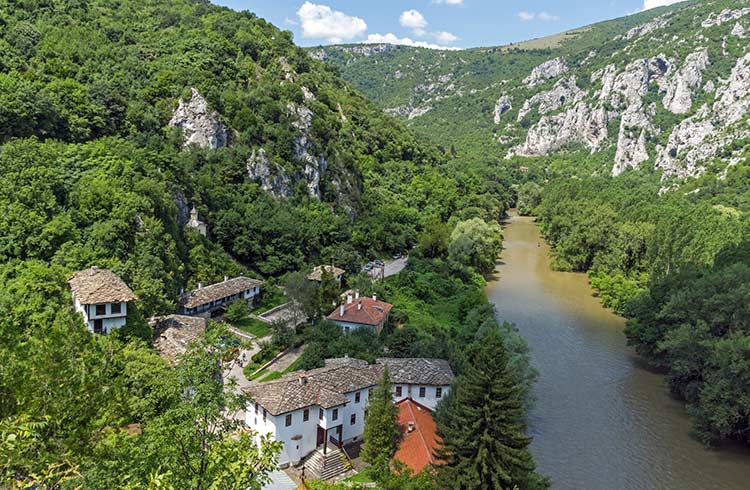


No Comments